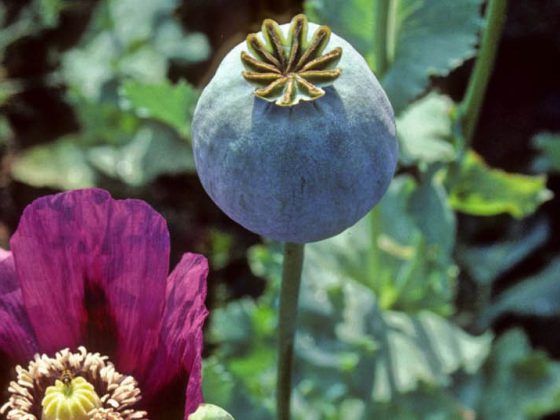Purpose: To evaluate the 1-year risk of stroke recurrence after TIA or minor stroke under a modern secondary prevention regimen.
Background: Previous studies between 1997 and 2003 showed a high risk of ischemic cerebral infarction of up to 20% in the first three months. Since then, there has been a substantial change in the way secondary prophylaxis is given with drugs, which has been associated with significantly lower recurrence rates in two monocentric studies. However, multicenter data of stroke recurrence risk after TIA are lacking and will be collected by this study.
PATIENTS AND METHODS: This is a prospective multicenter and multinational enrollment of patients with TIA or minor stroke by stroke specialists. The ischemic event could not have occurred more than seven days previously. Data collection was web-based and via face-to-face interview. Evaluation time points were set at baseline, one, three, and twelve months. The primary composite end point consisted of cardiovascular death, nonfatal stroke (ischemic and hemorrhagic), and acute coronary syndrome. Secondary end points included components of the primary end point as well as TIA recurrence, death from another cause, and bleeding.
Results: There were 4789 patients included in 61 centers and 21 countries. 87.6% of these patients sought medical consultation within 24 hours of the event, and 78.8% were evaluated by a stroke specialist within 24 hours. The primary outcome at one year was achieved in 6.2% of cases. Stroke rates were 1.5%, 2.1%, 2.8%, 3.7%, and 5.1% (at two and seven days and at one, three, and 12 months). The risk of stroke increased as the ABCD2 score increased (0% for ABCD2 of 0 and 9.6% for an ABCD2 score of seven points). 22% of strokes occurred in the group with an ABCD2 score of <4 points.
Authors’ conclusions: the stroke recurrence rate of 3.7% at 90 days was significantly lower than historical studies that found a risk of 12-20%. The reason is mainly to be seen in a better and, above all, faster initiation of secondary prevention. An ABCD2 score of six or seven, atherosclerotic vascular stenosis, and multiple cerebral infarcts were independent predictors of recurrence.
Comment: The main finding from this study is that a low stroke recurrence rate can also be achieved in a multicenter approach. Time to initiation of secondary prophylaxis is critical because the risk of recurrence after a TIA is highest in the first few days and especially on day 0. Patients with multiple cardiovascular risk factors, stenosing atherosclerosis, and multiple cerebral infarcts have a particularly high risk of recurrence. On the other hand, a low ABCD2 score should not mislead to a nonemergency workup of a TIA. An important factor in reducing the risk of recurrence is the early administration of aspirin, which shows a very rapid effect, especially in TIA/minor stroke – not only on the risk of recurrence but also on the severity of recurrence [1]. A TIA is and remains an emergency and should be clarified on day 0 (cerebral imaging, vascular imaging, ECG) including initiation of appropriate secondary prophylaxis.
Literature:
- Rothwell PM, et al: Effects of aspirin on risk and severity of early recurrent stroke after transient ischaemic attack and ischaemic stroke: time-course analysis of randomised trials. Lancet 2016 May 18. pii: S0140-6736(16)30468-8 [Epub ahead of Print].
InFo NEUROLOGY & PSYCHIATRY 2016; 14(4): 31.











